- The Importance of Boron in Tomato Production
- Boron and Flowering
- Boron and Pollination
- Boron and Fruit Development
- Boron Application in Tomato Production
- Signs of Boron Deficiency in Tomato Plants
- Benefits of Boron Treatment for Tomato Fruit Setting
- When and How to Apply Boron Treatment to Tomatoes
- Timing of Boron Application
- Methods of Boron Application
- Recommended Boron Concentration
- Proper Dosage of Boron for Tomato Plants
- Determining the Boron Needs
- Recommended Dosage
- Application Methods
- Monitoring and Adjusting
- Precautions and Considerations for Boron Treatment
- Common Mistakes to Avoid When Using Boron for Tomatoes
- “Question-Answer”
- Why is tomato fruit setting important?
- How can boron treatment enhance tomato fruit setting?
- How should boron be applied to tomato plants?
- When is the best time to apply boron to tomato plants?
- What are the symptoms of boron deficiency in tomato plants?
- Can excessive boron application be harmful to tomato plants?
- “Video” BORON | 20%boron | water soluble boron fertilizer | benefits of boron | how to increase fruit size
Tomatoes are a popular and versatile fruit that is enjoyed by people all over the world. However, achieving high yields and good quality fruits can be challenging for many tomato growers. One important factor that can significantly impact tomato fruit setting is the presence of adequate levels of boron in the soil.
Boron is an essential micronutrient for plants, playing a crucial role in various physiological processes, including flower and fruit development. A deficiency in boron can result in poor fruit setting, reduced quality, and yield losses.
To enhance tomato fruit setting, experts suggest applying boron treatment to the plants. This can be done by foliar spraying or soil application. Foliar spraying involves applying a boron solution directly to the leaves, while soil application involves incorporating boron fertilizer into the soil before planting or during the growing season.
It is important to note that boron can be toxic to plants if applied in excessive amounts, so it is crucial to follow the recommended dosage and application guidelines provided by experts. Regular soil testing and analysis can help determine the appropriate amount of boron needed for optimal tomato fruit setting.
The Importance of Boron in Tomato Production
Tomatoes are a popular crop in many regions, and their successful production relies on a variety of factors. One important factor that plays a crucial role in tomato production is the presence of boron. Boron is a micronutrient that is essential for various plant processes and plays a vital role in tomato fruit setting.
Boron and Flowering
Boron is necessary for the development and functioning of the reproductive structures of plants, including flowers. When tomato plants are deficient in boron, they may produce poor quality flowers or fail to produce flowers altogether. This can result in reduced pollination and fruit set, ultimately leading to lower yields.
In addition to affecting flower production, boron deficiency can also lead to abnormal flower development. Flowers may exhibit distorted shapes or sizes, and the overall flower structure may be compromised. This can further hinder the pollination process and reduce fruit setting.
Boron and Pollination
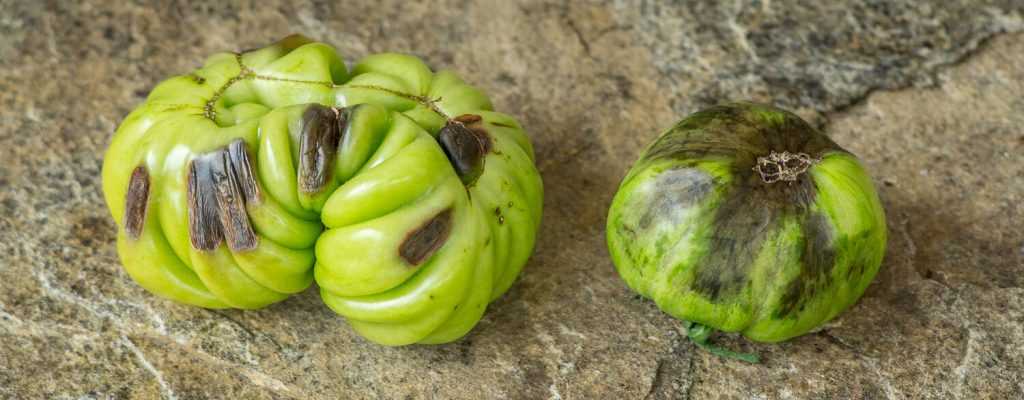
Boron is involved in the growth and development of pollen tubes, which are responsible for delivering pollen to the ovules for fertilization. Adequate levels of boron are needed for the proper elongation and guidance of pollen tubes, ensuring successful fertilization and subsequent fruit set.
In the absence of sufficient boron, pollen tubes may exhibit abnormal growth patterns or fail to reach the ovules. This can result in poor fertilization and reduced fruit setting. Even if pollination occurs, the resulting fruits may exhibit irregular shapes or have a higher rate of fruit drop.
Boron and Fruit Development
Boron is important for various aspects of fruit development in tomatoes. It aids in cell division and expansion, contributing to the overall growth and size of the fruit. Boron is also involved in the regulation of hormone levels in developing fruits, helping to maintain their proper development.
Adequate boron levels are crucial during the early stages of fruit development. Insufficient boron can lead to the formation of small or misshapen fruits, as well as fruit cracking or splitting. These defects not only affect the appearance of the fruit but can also make them more prone to diseases and reduce their shelf life.
Boron Application in Tomato Production
Given the importance of boron in tomato production, it is essential to ensure that plants receive an adequate supply of this micronutrient. Regular soil testing can help determine the presence of boron in the soil and guide the application of boron fertilizers.
Boron is typically applied as a foliar spray or through the soil. The exact method and timing of boron application can vary depending on the specific needs of the tomato plants and the soil conditions. Working with a local agricultural extension service or a knowledgeable agronomist can provide valuable guidance on the appropriate boron application practices for tomato production.
By understanding the importance of boron in tomato production and implementing appropriate boron treatments, growers can enhance fruit setting and improve overall tomato yields.
Signs of Boron Deficiency in Tomato Plants
Boron is an essential micronutrient for tomato plants, and its deficiency can have a negative impact on their growth and fruit development. Here are some signs to look out for if you suspect your tomato plants may be lacking boron:
- Stunted growth: Tomatoes with a boron deficiency may exhibit stunted growth, with shorter stems and smaller leaves compared to healthy plants.
- Abnormal fruit development: Boron deficiency can cause abnormalities in fruit development, such as misshapen or deformed tomatoes. They may also have rough or corky patches on the surface.
- Poor fruit setting: Lack of boron can result in poor fruit setting, where the flowers fail to develop into mature fruits. This can lead to reduced fruit yield.
- Yellowing of leaves: The leaves of boron-deficient tomato plants may start to yellow, especially along the edges. This yellowing can progress to necrosis, where the tissue turns brown and dies.
- Brittle stems: Boron deficiency can cause the stems of tomato plants to become brittle and easily breakable.
If you notice any of these signs in your tomato plants, it is important to address the boron deficiency as soon as possible. Providing a boron treatment, such as a foliar spray or a soil amendment, can help alleviate the deficiency and promote healthy growth and fruit development in your tomato plants.
Benefits of Boron Treatment for Tomato Fruit Setting
- Boron treatment can significantly increase tomato fruit setting rates, ensuring a higher yield.
- It enhances the overall quality of the fruit, making it more visually appealing and tastier.
- Boron helps in the proper development and growth of pollen tubes, which are crucial for successful pollination and fertilization.
- By improving the fruit setting process, boron treatment can help in reducing the number of flowers that drop prematurely from the plant.
- The application of boron can also enhance the fruit’s resistance to certain diseases and pests.
- Overall, boron treatment promotes healthier and more productive tomato plants.
In addition to its advantages for tomato fruit setting, boron treatment can also have positive effects on other aspects of plant growth, such as root development, cell wall synthesis, and carbohydrate metabolism.
When and How to Apply Boron Treatment to Tomatoes
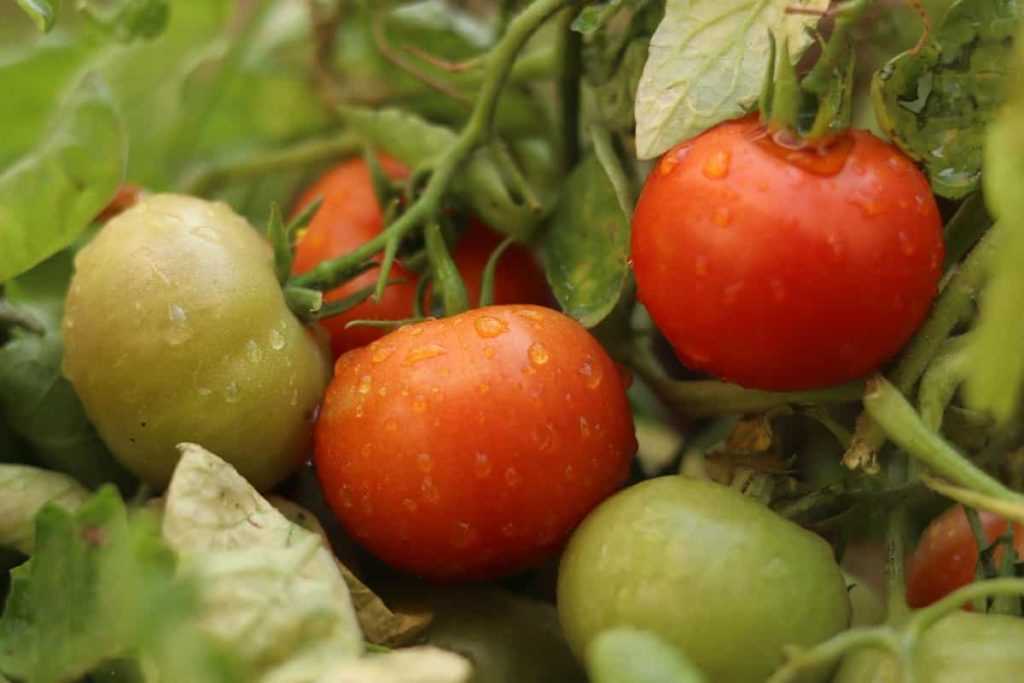
Boron is an essential micronutrient for tomato plants, and its deficiency can lead to poor fruit setting and lower yields. To ensure optimal fruit set and improve overall tomato plant health, it is important to apply boron treatment at the right time and in the proper manner.
Timing of Boron Application
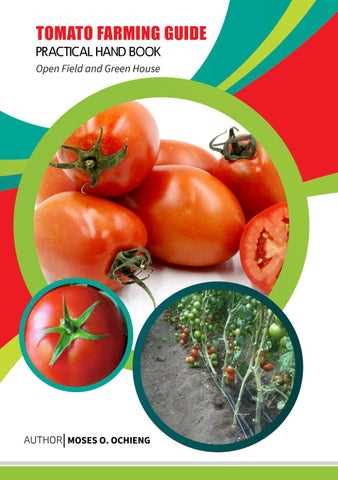
The best time to apply boron treatment to tomato plants is during their flowering stage. This is when the plants are most receptive to the nutrient and can effectively utilize it for fruit set. Applying boron during this stage helps to promote pollen tube elongation, fertilization, and proper development of fruits.
It is recommended to apply boron treatment approximately 2-3 weeks after transplanting or when the first flower clusters appear. This ensures that the plants have enough time to establish their roots and reach the flowering stage. Applying boron too early or too late may not yield the desired results.
Methods of Boron Application

There are several methods for applying boron treatment to tomato plants. The choice of method depends on the availability of resources and the scale of cultivation. Here are a few commonly used methods:
- Foliar spray: This method involves spraying a boron solution directly onto the leaves of tomato plants. It is a quick and efficient way to deliver the nutrient to the plants. Foliar sprays are usually applied early in the morning or late in the afternoon to minimize evaporation. It is important to cover the entire plant with the spray, including the undersides of the leaves, for effective absorption.
- Soil drench: In this method, the boron solution is applied directly to the soil around the tomato plants. It is important to apply the solution evenly around the root zone, avoiding direct contact with the stems or leaves of the plants. Soil drenching allows for gradual uptake of boron by the plants over time.
- Fertigation: Fertigation involves applying boron along with the regular irrigation water. This method is commonly used in larger-scale cultivation, where a fertigation system is in place. The boron solution is mixed with the irrigation water and delivered to the plants through the drip lines or sprinklers.
Recommended Boron Concentration
The recommended concentration of boron in the boron solution varies depending on the soil conditions and the specific needs of the tomato plants. It is important to conduct soil tests to determine the existing boron levels in the soil and adjust the concentration accordingly. As a general guideline, a concentration of 0.1-0.3 ppm (parts per million) is often recommended for boron treatment.
It is crucial to follow the manufacturer’s instructions and local agricultural guidelines when applying boron treatment to tomato plants. Proper application of boron treatment can significantly enhance tomato fruit setting and lead to better yields.
Proper Dosage of Boron for Tomato Plants
Boron is an essential micronutrient for the healthy growth and productivity of tomato plants. However, it is important to use the proper dosage to avoid toxicity and ensure maximum benefits.
Determining the Boron Needs
The recommended dosage of boron for tomato plants depends on various factors, including soil pH, soil type, and the specific nutrient requirements of the cultivar. It is important to test the soil to determine its boron content and pH level before applying any boron treatments.
Recommended Dosage
The recommended dosage of boron for tomato plants is typically in the range of 0.1 to 0.4 ppm (parts per million). However, the exact dosage may vary depending on the specific requirements of the tomato cultivar and the soil conditions.
It is generally suggested to apply boron in small doses throughout the growing season rather than in a single application. This helps ensure a steady supply of the nutrient to the plants and prevents nutrient imbalances or toxicity.
Application Methods
There are different methods for applying boron to tomato plants, including foliar sprays, fertigation, and soil applications. The choice of application method depends on the specific needs and constraints of the grower.
Foliar sprays are an effective way to provide a quick supply of boron to the plants. A boron foliar spray can be applied when the plants are actively growing, typically during early to mid-morning or late afternoon to avoid excessive evaporation.
Fertigation, which involves applying boron through the irrigation system, is another popular method. This allows for precise dosing and ensures even distribution of the nutrient throughout the root zone.
For soil applications, boron can be applied via band placement or broadcast spreading. Band placement involves applying the boron in a narrow band around the base of the plants, while broadcast spreading involves evenly distributing the boron across the entire field.
Monitoring and Adjusting
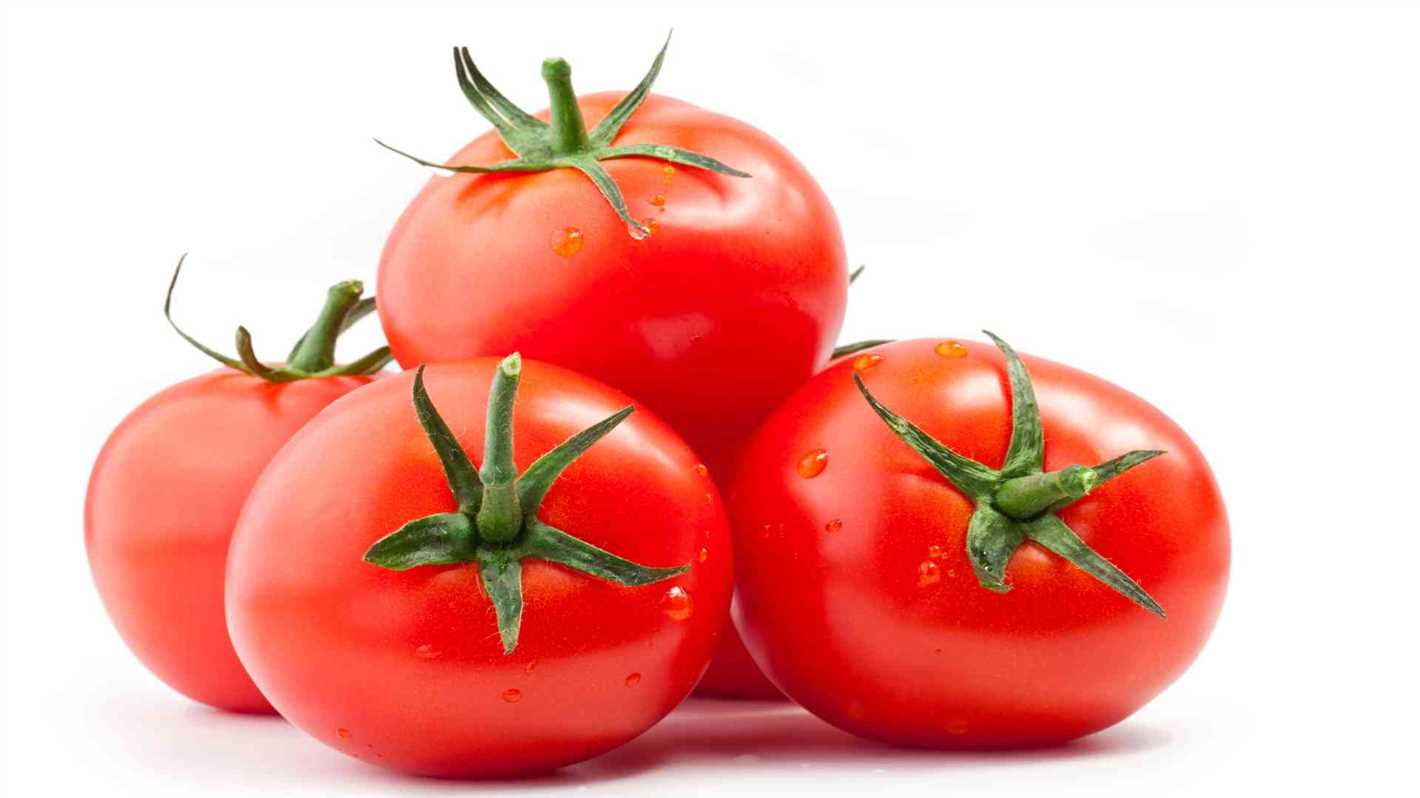
After applying boron to tomato plants, it is important to monitor their response and adjust the dosage if necessary. Visual symptoms of boron deficiency or toxicity, such as leaf discoloration or stunted growth, can indicate the need for adjustment.
Regular soil testing and plant tissue analysis can also help assess the nutrient status of the plants and guide further boron applications.
Overall, using the proper dosage of boron for tomato plants is crucial for maintaining their health and optimizing fruit setting. It is recommended to consult with a local agricultural extension or a professional agronomist for specific dosage recommendations based on local conditions and cultivar requirements.
Precautions and Considerations for Boron Treatment
Avoid Overapplication: Boron is an essential micronutrient for tomato plants, but excessive amounts can be toxic. It is important to follow recommended boron application rates and not exceed the recommended dosage.
Timing: Apply boron treatment during the flowering stage when the fruit is starting to form. This is when tomato plants have the greatest need for boron to enhance fruit setting. Applying boron too early or too late may not have the desired effect.
Even Distribution: When applying boron treatment, ensure that it is evenly distributed across the tomato plants. Uneven distribution can result in inconsistent fruit setting and may lead to variations in fruit quality.
Mixing and Application: Properly dissolve boron in water before application to ensure even dispersion. Use a sprayer or other appropriate application method to evenly apply the boron solution to the plants. Follow manufacturer’s instructions and use appropriate safety precautions when handling and applying boron.
Soil Testing: Before applying boron treatment, it is recommended to conduct a soil test to determine the existing boron levels in the soil. This will help determine the appropriate amount of boron to apply and prevent overapplication.
Plant Health: Ensure that tomato plants are in good health before applying boron treatment. Stressed or unhealthy plants may not respond as effectively to boron, and it is important to address any existing nutrient deficiencies or other issues before treatment.
Environmental Conditions: Boron treatment should be applied under optimal environmental conditions. Extreme temperatures, drought, or excessive rainfall may affect the effectiveness of the treatment. Ideal conditions include moderate temperatures and adequate soil moisture.
Common Mistakes to Avoid When Using Boron for Tomatoes
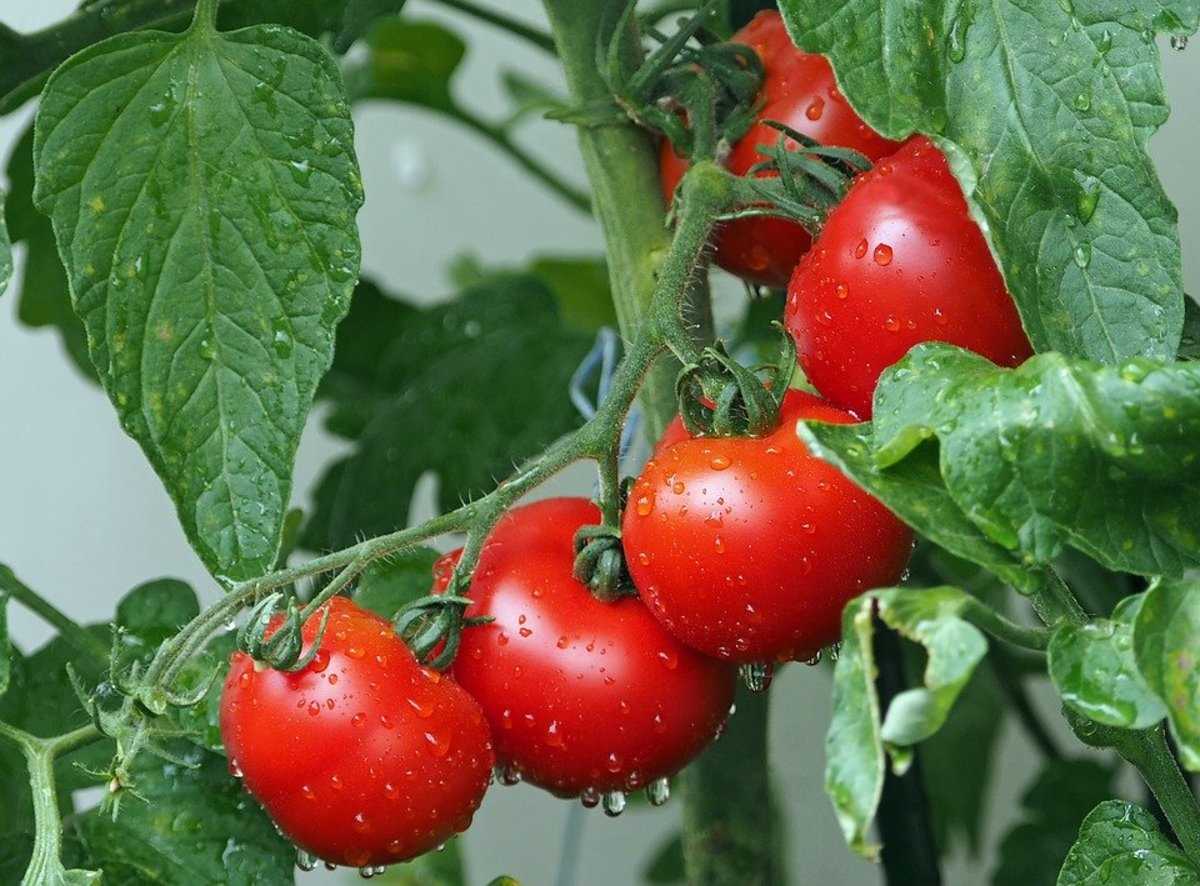
When using boron as a treatment for tomatoes to enhance fruit setting, it’s important to avoid common mistakes that can hinder its effectiveness. By following these expert tips, you can ensure that you are using boron correctly and getting the best results for your tomato plants.
- Using too much boron: One of the most common mistakes is using an excessive amount of boron. While boron is important for tomato growth, an excess of it can actually be detrimental to the plants. It’s crucial to follow the recommended dosage and not exceed it.
- Applying boron at the wrong time: Timing is key when applying boron to tomato plants. Applying it too early or too late in the growing season can lead to poor results. It’s recommended to apply boron when the plants are actively flowering to ensure optimal fruit setting.
- Not testing the soil beforehand: Before applying boron, it’s essential to test the soil to determine its boron content. This will help you understand if your tomato plants actually require additional boron and how much should be applied. Consulting with a soil testing laboratory is recommended for accurate results.
- Using low-quality boron products: Using low-quality or impure boron products can have a negative impact on tomato plants. It’s essential to use a reliable and high-quality boron product that is suitable for agricultural use. This will ensure that the boron is effectively absorbed by the plants.
- Not properly mixing boron with water: When applying boron, it’s important to mix it thoroughly with water to ensure an even distribution. Failing to do so can result in uneven application and improper absorption by the tomato plants. Use a proper mixing ratio and agitate the solution well before application.
By avoiding these common mistakes and following the expert tips, you can effectively enhance tomato fruit setting with boron treatment. Remember to always follow the recommended dosage and consult with experts if needed.
“Question-Answer”
Why is tomato fruit setting important?
Tomato fruit setting refers to the process by which the flowers on a tomato plant transform into mature fruit. This is a crucial stage in the growth of tomatoes as it determines the quantity and quality of the final harvest.
How can boron treatment enhance tomato fruit setting?
Boron is a micronutrient that plays a significant role in the development and reproduction of plants. Applying boron to tomato plants can boost flower production, improve pollination, and increase fruit setting, resulting in higher yields.
How should boron be applied to tomato plants?
Boron can be applied to tomato plants through foliar spraying or soil application. Foliar spraying involves spraying a boron solution onto the leaves of the plant, while soil application involves adding a boron fertilizer to the soil around the plant.
When is the best time to apply boron to tomato plants?
The best time to apply boron to tomato plants is during flowering and fruit setting stages. This is when the plant has the highest demand for boron and can benefit the most from its application.
What are the symptoms of boron deficiency in tomato plants?
Boron deficiency in tomato plants can cause a range of symptoms, including poor flower development, low fruit set, abnormal fruit shape, and fruit cracking. Leaves may also exhibit discoloration and show signs of stunted growth.
Can excessive boron application be harmful to tomato plants?
While boron is essential for tomato plant growth, excessive application can be harmful. High levels of boron can lead to toxicity, which can cause leaf burn, necrosis, and even plant death. It is important to follow recommended boron application rates to prevent these issues.







